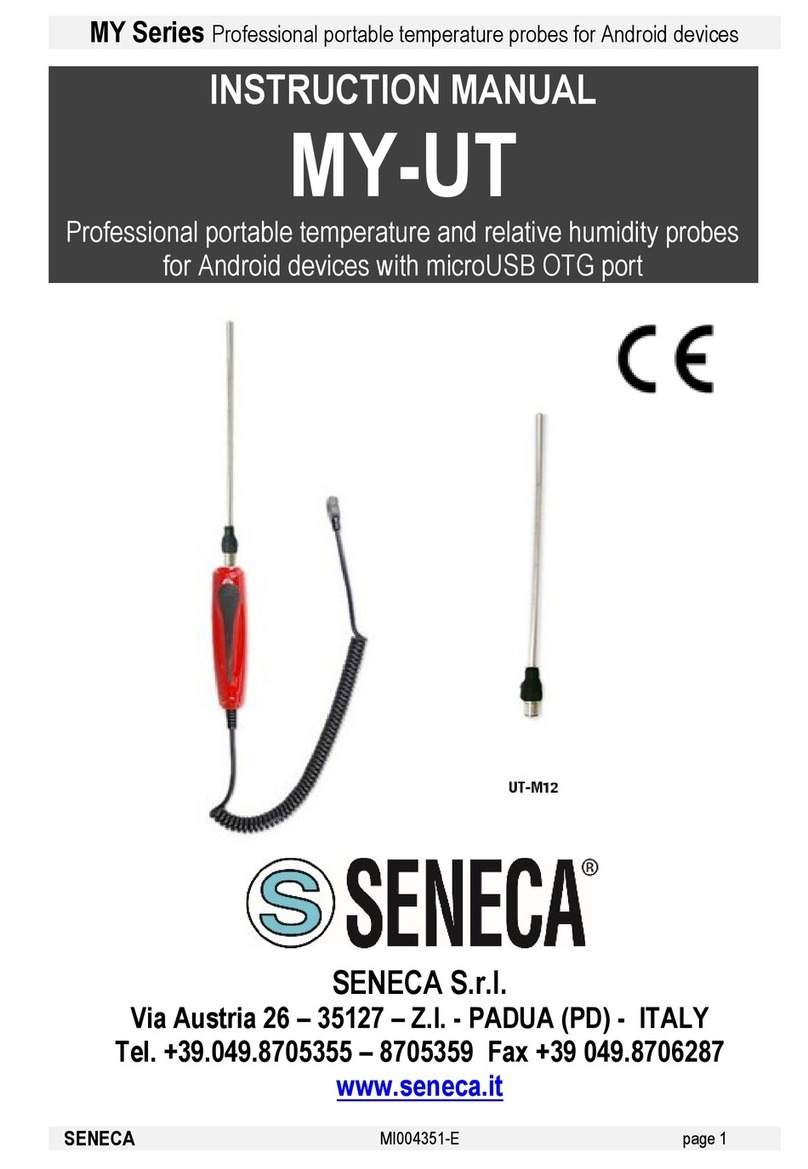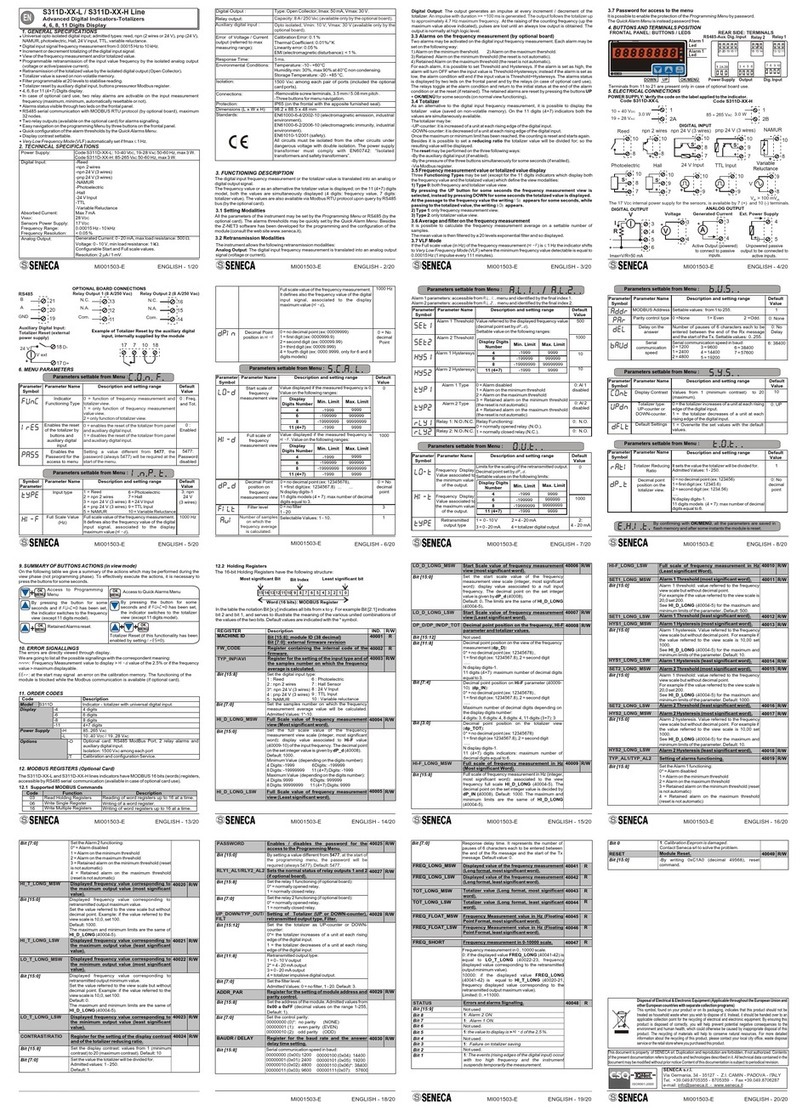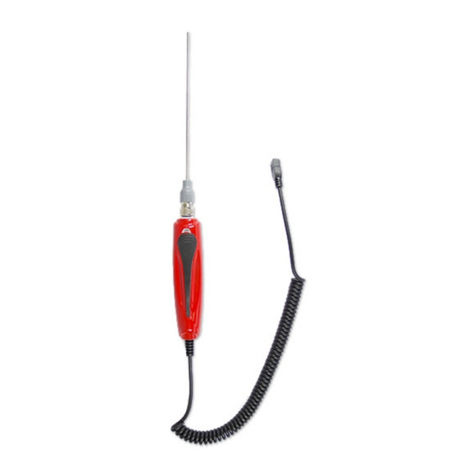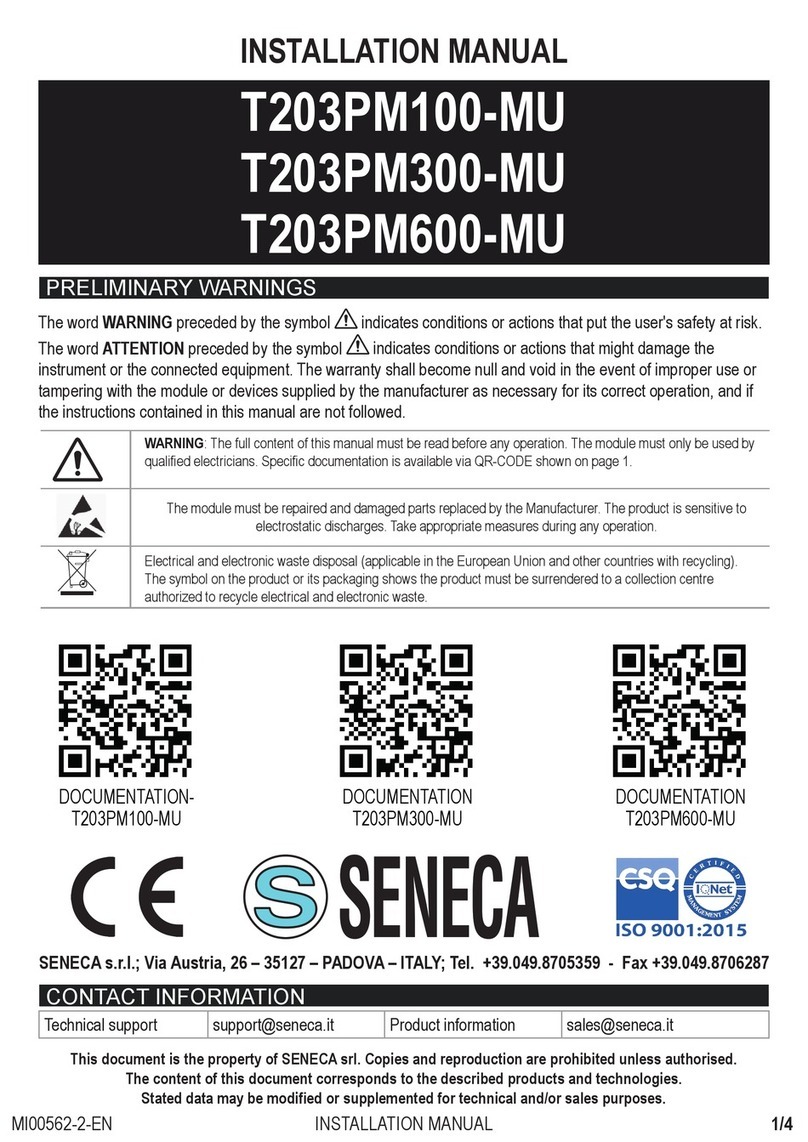Seneca R203 User manual
Other Seneca Measuring Instrument manuals
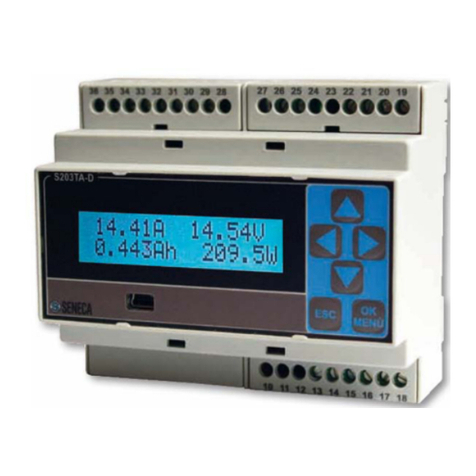
Seneca
Seneca S203RC-D User manual
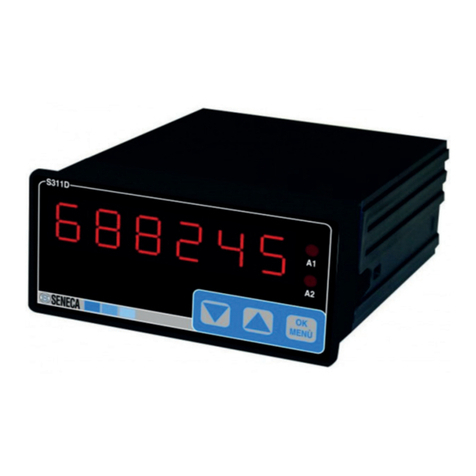
Seneca
Seneca S311D L Series User manual
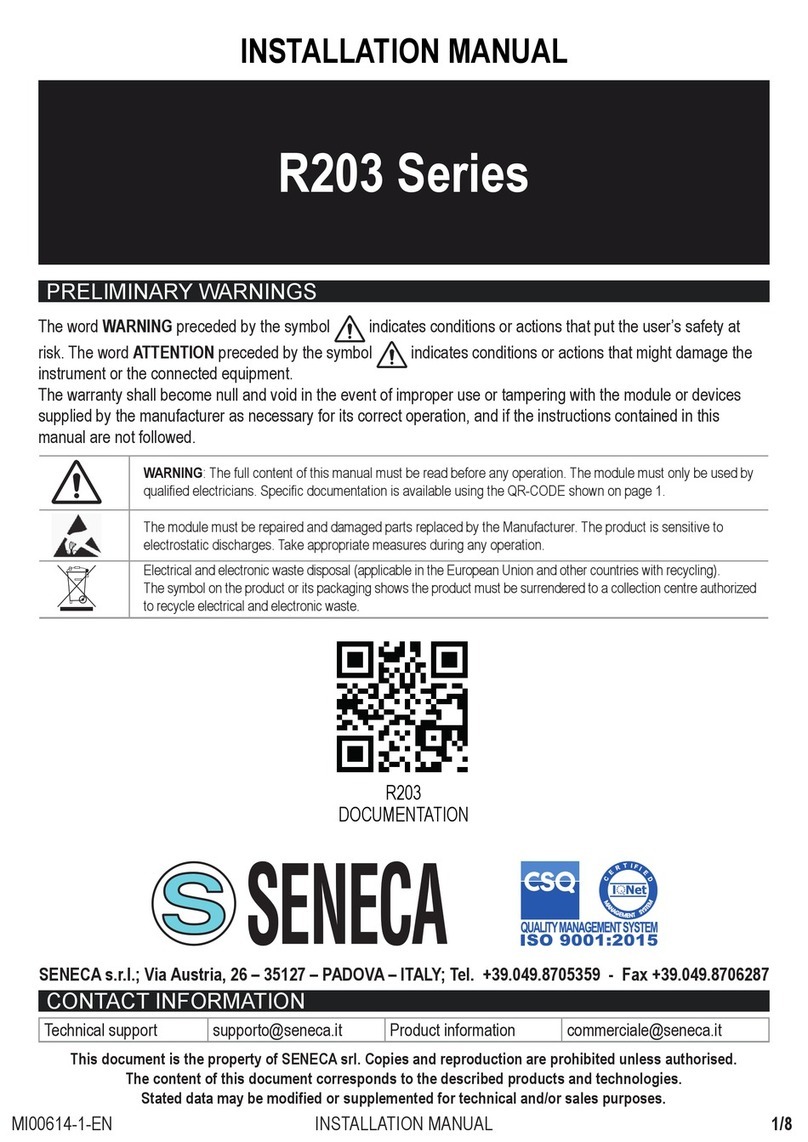
Seneca
Seneca R203 Series User manual
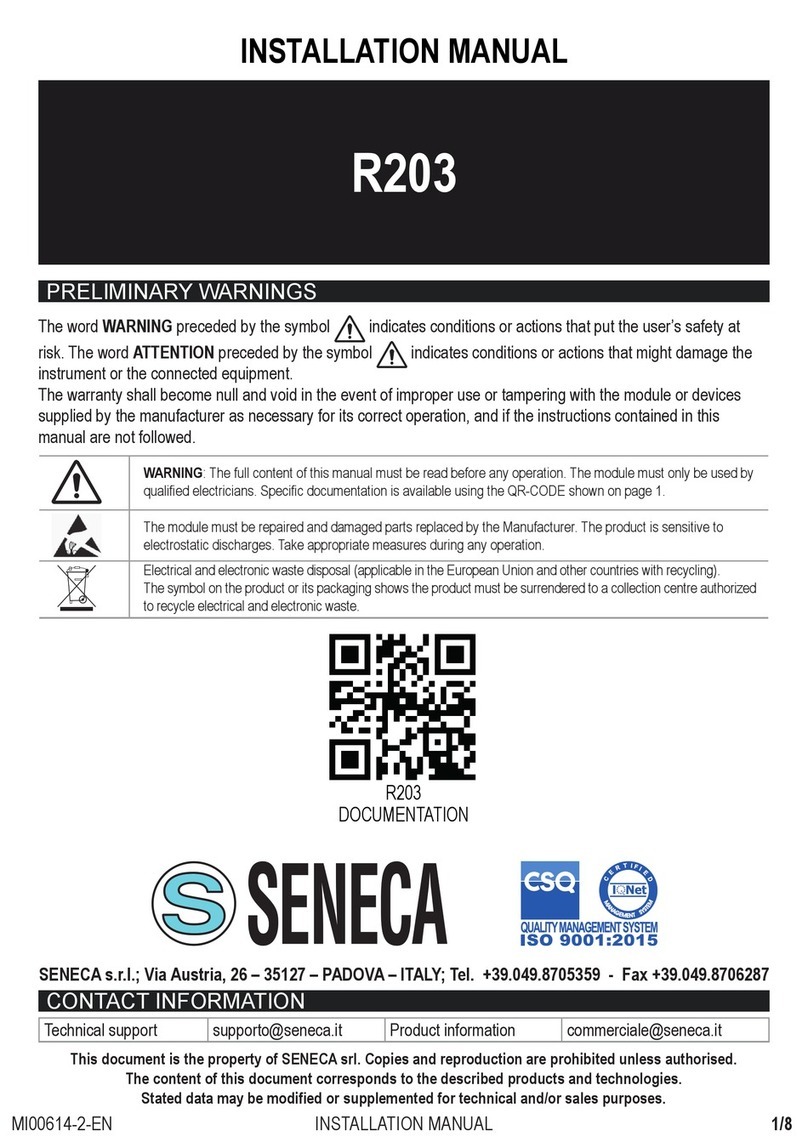
Seneca
Seneca R203 User manual
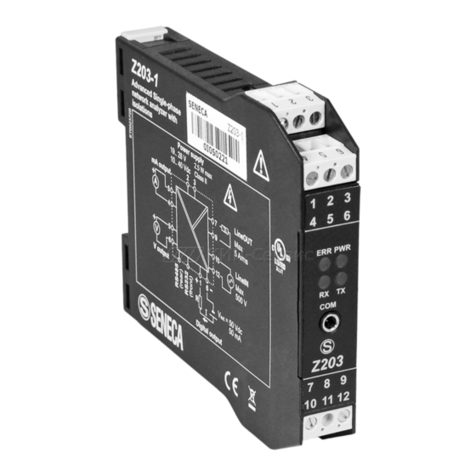
Seneca
Seneca Z203-1 User manual
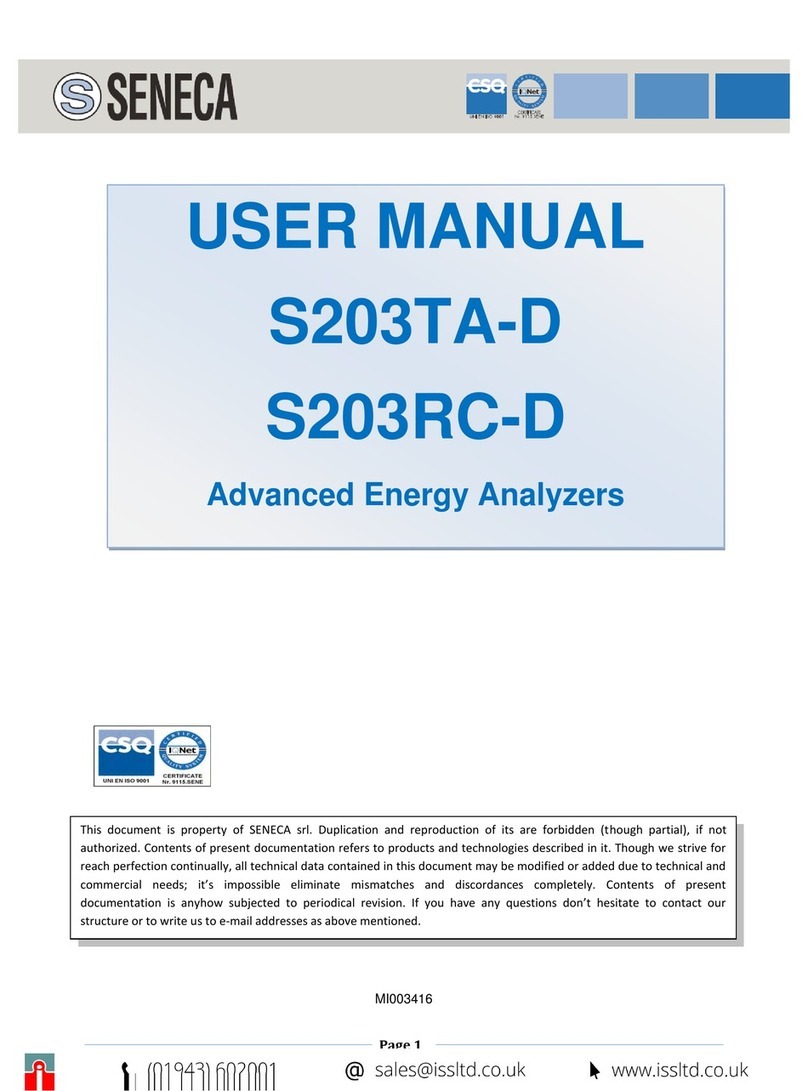
Seneca
Seneca S203TA-D User manual
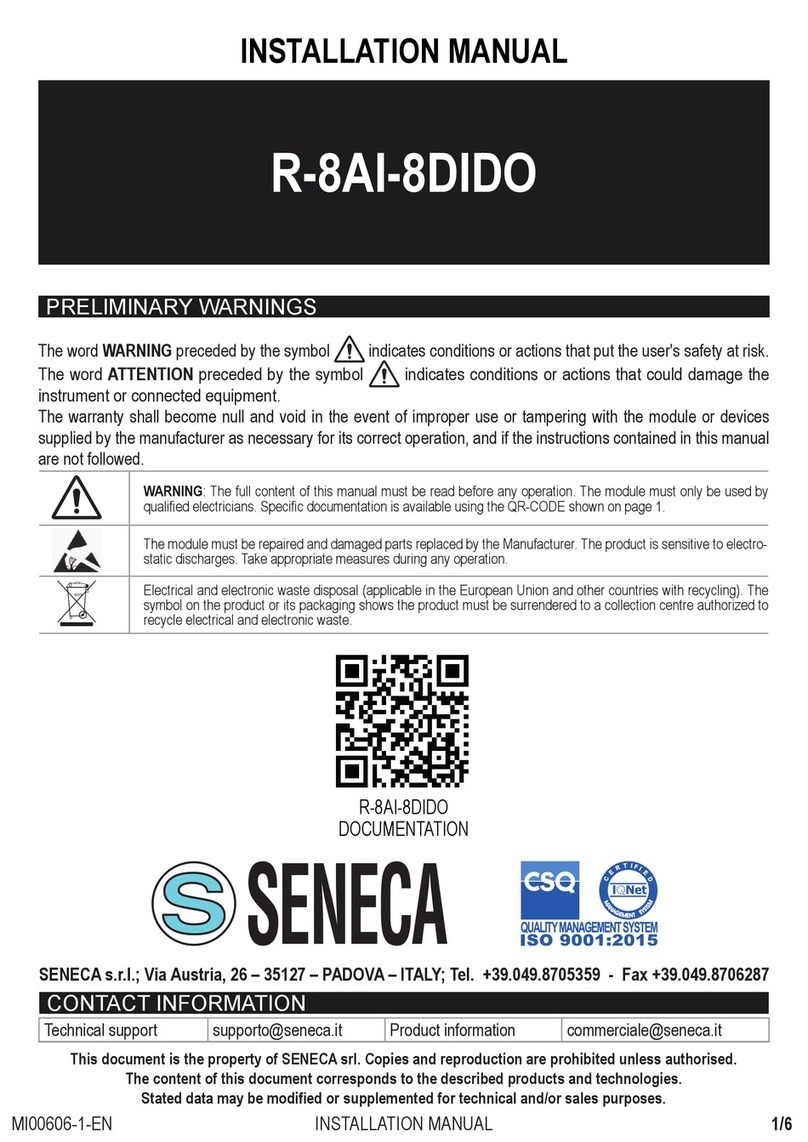
Seneca
Seneca R-8AI-8DIDO User manual
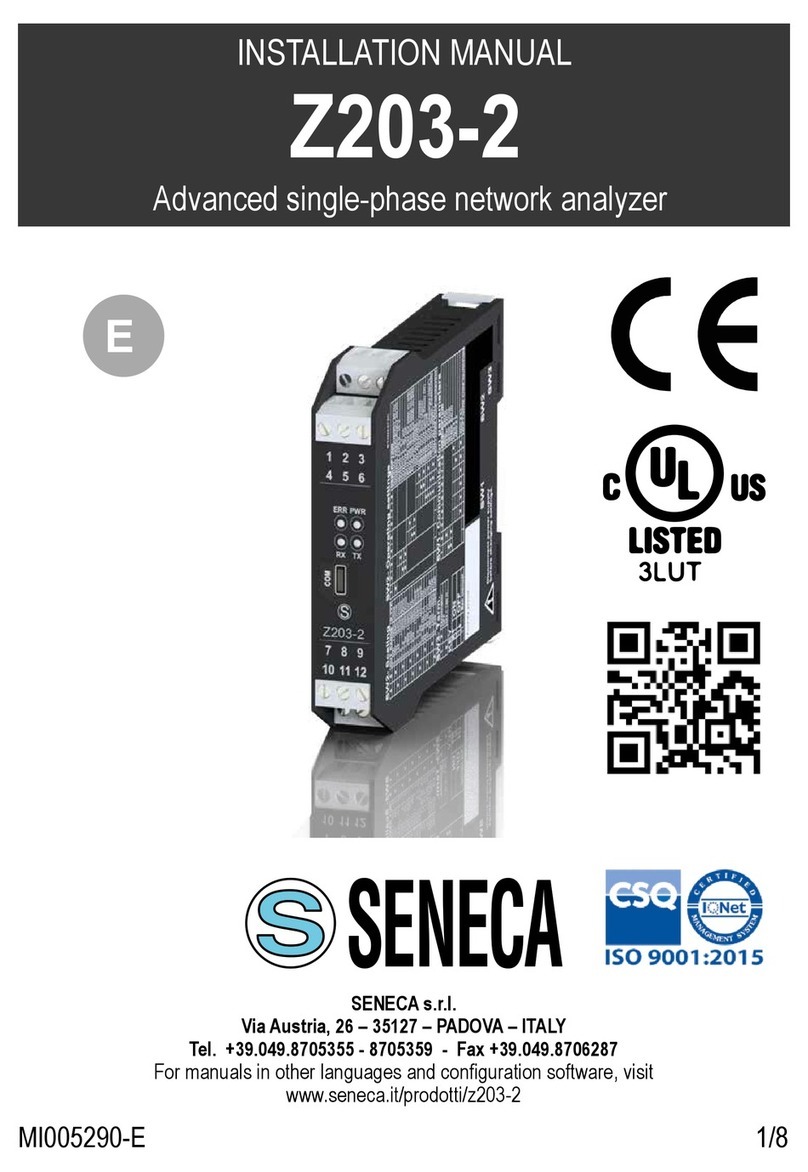
Seneca
Seneca Z203-2 User manual
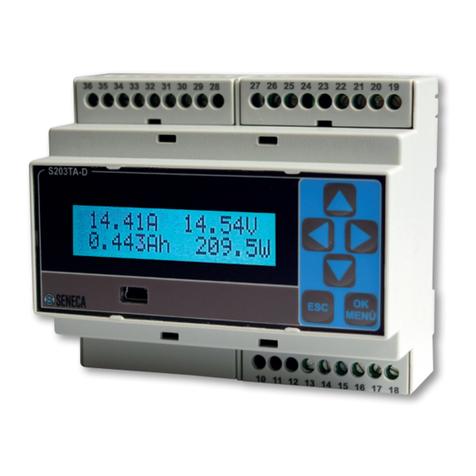
Seneca
Seneca S203TA User manual
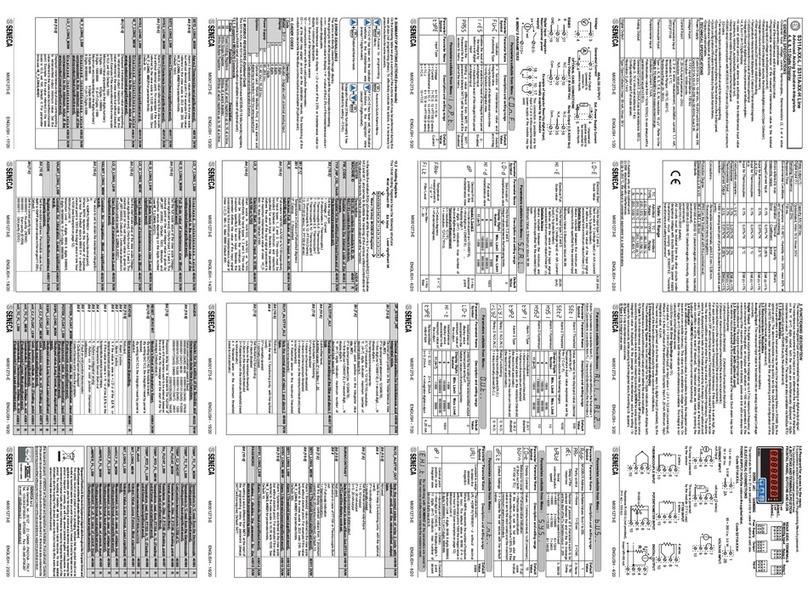
Seneca
Seneca S311A-XX-L User manual
Popular Measuring Instrument manuals by other brands

Powerfix Profi
Powerfix Profi 278296 Operation and safety notes

Test Equipment Depot
Test Equipment Depot GVT-427B user manual

Fieldpiece
Fieldpiece ACH Operator's manual

FLYSURFER
FLYSURFER VIRON3 user manual

GMW
GMW TG uni 1 operating manual

Downeaster
Downeaster Wind & Weather Medallion Series instruction manual

Hanna Instruments
Hanna Instruments HI96725C instruction manual

Nokeval
Nokeval KMR260 quick guide

HOKUYO AUTOMATIC
HOKUYO AUTOMATIC UBG-05LN instruction manual

Fluke
Fluke 96000 Series Operator's manual

Test Products International
Test Products International SP565 user manual

General Sleep
General Sleep Zmachine Insight+ DT-200 Service manual
